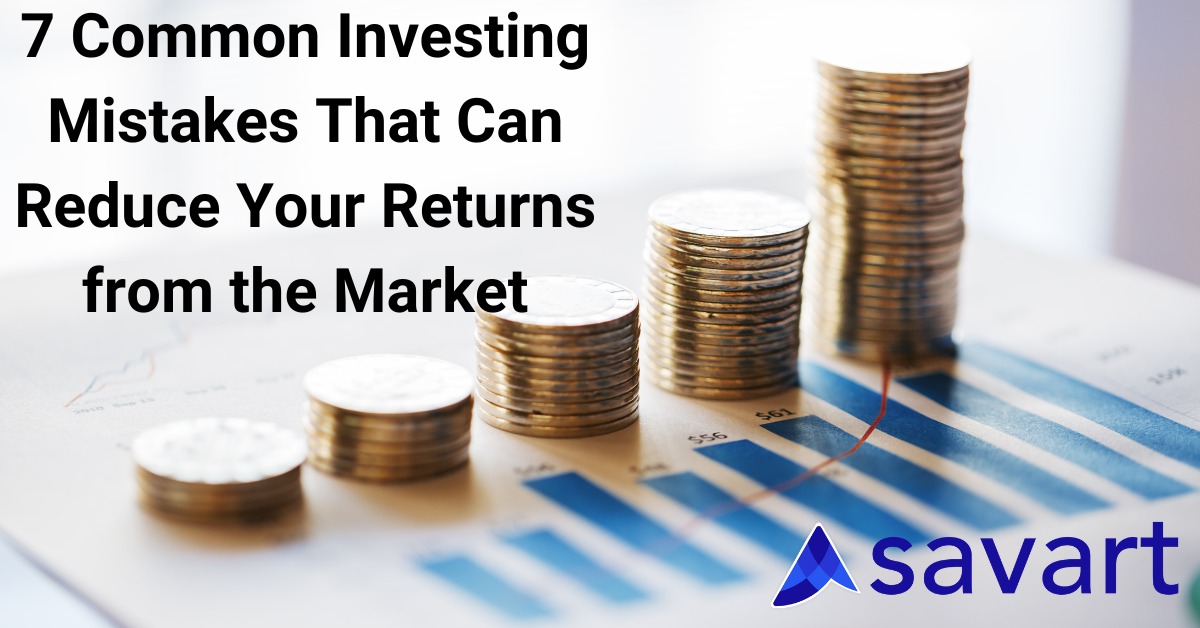The Cost of Inflation: Why Are Prices Increasing Since The COVID-19 Pandemic Began?
Why has your bill at a restaurant for a roti and curry gotten more expensive? Why is it expensive to buy a house today even though home loan interest rates are at a historic low? Why do you sometimes get broke by the end of every month? These are certain questions that may have come up many times in your daily life We will try to answer these questions through this article.
The COVID-19 pandemic brought supply chains to a halt and slowed economic growth across the world starting early 2020. Businesses were hit and production slowed. The economic growth of many countries took a massive hit. India’s GDP growth fell into negative territory for 2020 because of the squeeze caused by the pandemic. The U.S. economy also contracted during that year.
Trivia: Supply chains are networks of distribution between businesses and consumers. It is all the processes in between manufacturing a product and a consumer purchasing it.
This led many governments across the world to pass stimulus measures to drive their economy forward. The Indian government announced billions of dollars’ worth of stimulus for the ailing economy during the peak of the COVID-19 pandemic. The United States also announced trillions in stimulus for its economy.
More money in the system means more cash is available with people to spend on goods and services, which increases the demand for those goods and services while their supply remains the same, thereby causing inflation. Higher inflation further reduces the value of currency as more money would be needed to avail the same goods and services.
The purchasing power of the U.S. dollar, for instance, has reduced about 30 times from the start of the 20th century, according to data from Statista. Meaning, the value of $1 (about 75 rupees) in 1900 is equal to $30 today. This means if you could buy one plate of your lunch meal with $1 today, you could have had lunch for an entire month with the same amount about a century ago.
Central banks try to control this inflation by decreasing the supply of money in the system. They achieve this by raising benchmark interest rates. The central banks, such as the Reserve Bank of India (RBI) and the U.S. Federal Reserve (Fed), oversee printing and circulating currency. Circulation is carried out by lending money to banks at a fixed interest rate. When the central banks raise this interest rate, the banks will have to pay higher to borrow this money.
However, during the pandemic, central banks cut interest rates to record lows. The RBI cut its repo rate to 4% and the Fed has maintained it at all-time lows thus making currency easily available to the economy.
This has already increased inflation across economies, including India and the United States, leading to a rise in prices of goods and services.
If this trend continues, we can only expect prices to increase further. A senior economist in the United States has already warned that this regime of low interest rates could lead to stagflation, which is an economic state of low growth and high inflation.
However, there is hope that a rate hike from the Fed will happen next year, which could lead to a squeeze in money supply and put the brakes on inflation growth. And when the Fed raises rates, other central banks usually follow suit. If the hike does happen, the rate of inflation may slow, and prices of goods and services could normalize in the future.
India has also seen an easing of inflation and money supply since last year, leaving hope for the economy in the coming days.
We strive to write better every day and would love to hear your feedback on how we can improve. Reach us at delight@savart.com
-

Individual investors engage in stock market activity for a variety of reasons, e.g., long-term gains, short-term gratification, experiencing daily highs/lows, learning, applying intellectual strategies, etc. Their approaches to achieving these objectives can be broadly classified as active or passive in terms of the time spent analyzing the markets and their frequency of transactions. Let’s understand […]
-

7 Common Investing Mistakes That Can Reduce Your Returns from the Market Investing is an exciting experience. But it can also overwhelm people, especially those who are starting afresh. By their very nature, stock markets go up and down – disciplined investors understand this, and develop strategies to reduce their risks during market lows (as […]

